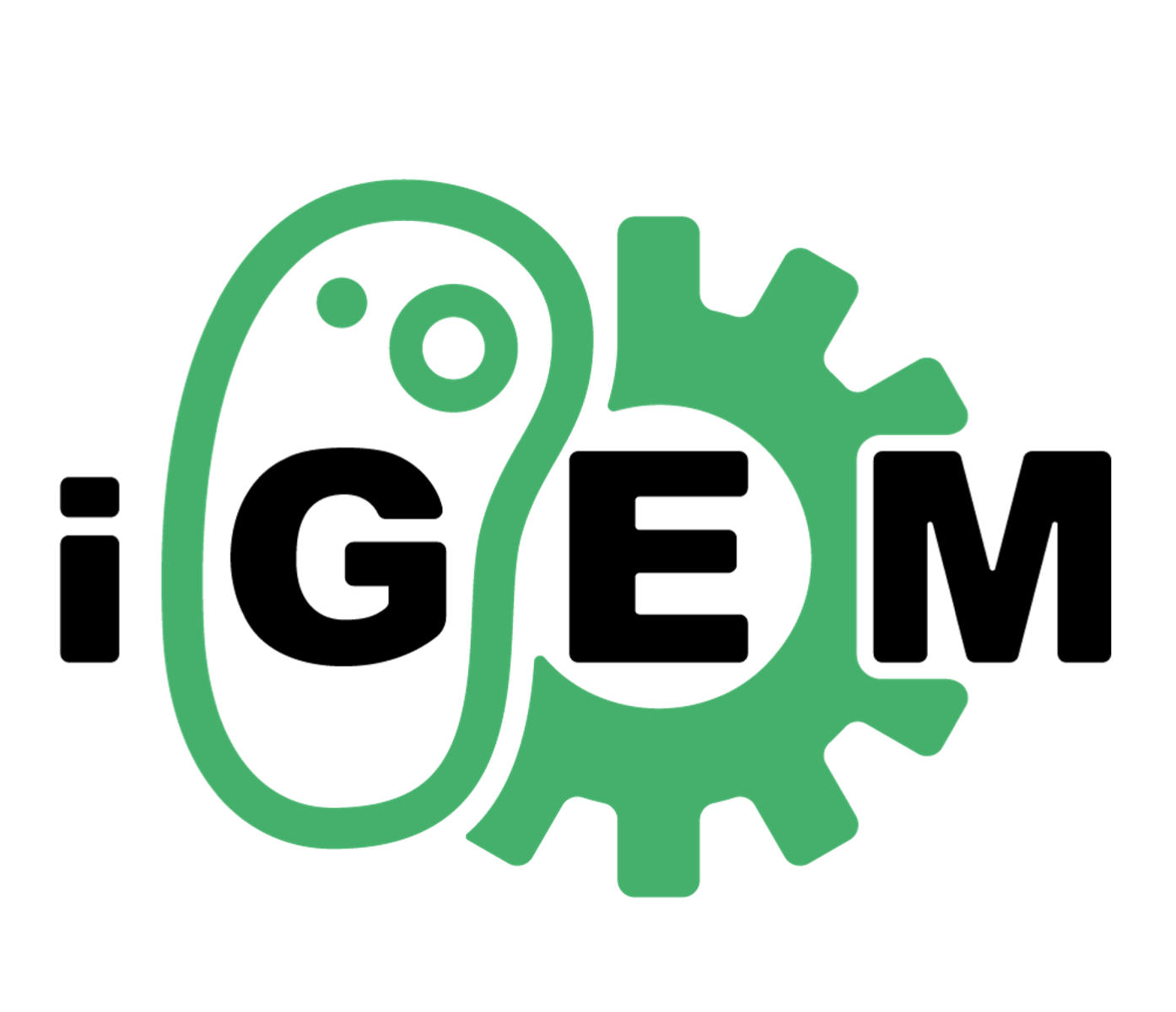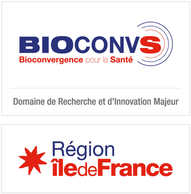Pour 2023, quatre équipes iGEM ont été créées en Île-de-France. Chacune d’elles a reçu un soutien financier équivalent de la part du DIM BioConvS pour leur projet.

OptoGen EYEsis: evolution of microbial opsins for Retinal Therapy
iGEM Evry Paris-Saclay
Opsins are light sensitive proteins with diverse functions across multiple kingdoms of life. In humans, thay play a crucial role in vision, but also in regulating the circadian clock. Recently, microbial opsins such as ChrimsonR have proven effective for partial vision restoration in humans. While microbial opsins are capable of functioning in human cells, they generally remain restricted by their low sensitivity to light levels. Using Escherichia coli as a chassis, the 2023 Evry Paris-Saclay iGEM team seeks to test a range of opsins selected from bioinformatics screening in both their wildtype and mutated forms. Leveraging the protein engineering method developed by the 2021 Evry Paris-Saclay iGEM team, this project aims to employ guided bioinformatics analysis of opsins and their characteristic functions to create more clinically relevant opsin candidates towards gene therapies for human vision restoration. To do this, we are developing specific equipments, such as plate lighting and digital microfluidic systems. These will allow us to automate multiple steps of the protocol for increased processing capacity, enabling selection of the best variants evolved to activate at lower light intensities.
Pseudodetox project
iGEM Sorbonne
In the context of a human society with ever-growing needs and increasing production, pollution has become one of the major problems of our time. This is why we chose to focus our synthetic biology project on the environment, specifically on soil decontamination. One of the major pollutants in soils is polycyclic aromatic hydrocarbons (PAHs). These pollutants can accumulate in our food, and once they enter the human body, PAHs have long-lasting effects on the affected individual as well as their descendants. We plan to modify Pseudomonas putida to produce rhamnolipids and sophorolipids that are effective in degrading PAHs. Alongside this scientific project, we will carry out a communication campaign about the project and synthetic biology.
Clean Heat: Heating and water-depolluting bio-based system
iGEM Ionis
Green energy production is one of the major challenges of the 21 st century. At the same time, synthetic estrogen (EE 2 based micro pollution has a considerable impact on biodiversity and human health by acting as endocrine disruptor. Our innovative Clean
Heat project aims at developing a new heating and water depolluting system based on a coculture of genetically modified microorganisms. The cabbage Symplocarpus foetidus naturally produces a temperature differential of 40°C thanks to its AOX thermogenic protein. The first aim of the project is to implement this gene in Chlamydomonas reinhardtii, a microalgae used for many functions. This would enable a final heat output of 60°C which meets technical expectations for sanitary water. In addition, the project aims at transferring EE 2 degrading properties to Sinorhizobium meliloti to reduce its concentration by half. The coculture of both microorganisms would enable a benefical association since S meliloti naturally synthesizes B 12 vitamin to increase C reinhardtii heat resistance.
Lubritect: lubricating protection against STIs
iGEM Bettencourt
Around the world, more than 1 million people are newly infected with sexually transmitted infections each day. Over the last 40 years, massive efforts have been devoted to develop prevention and protection methods, such as vaccines and antiretroviral drugs.
However to date, the most effective and recommended solution against most STIs, are still condoms. But condoms are not always effective → typically, they do not offer much protection against HPV. So complementary, empowering, alternatives are more than necessary. This is where our solution comes in. We want to make a biomanufacturable and modular lubricant which can drastically reduce the rate of STI transmission. How? We combine two ingredients: (de novo) AI-generated binding proteins against major STI pathogens, and a biological lubricant, which has a mesh-like molecular structure Combined, we generate a sticky net which effectively traps and immobilizes targeted pathogens, preventing them from interacting and infecting our own precious cells.
Consult our data protection policy
Address:
DIM BioConvS
Faculté des Sciences - Université Paris Cité
5 rue Thomas Mann 75013 Paris


